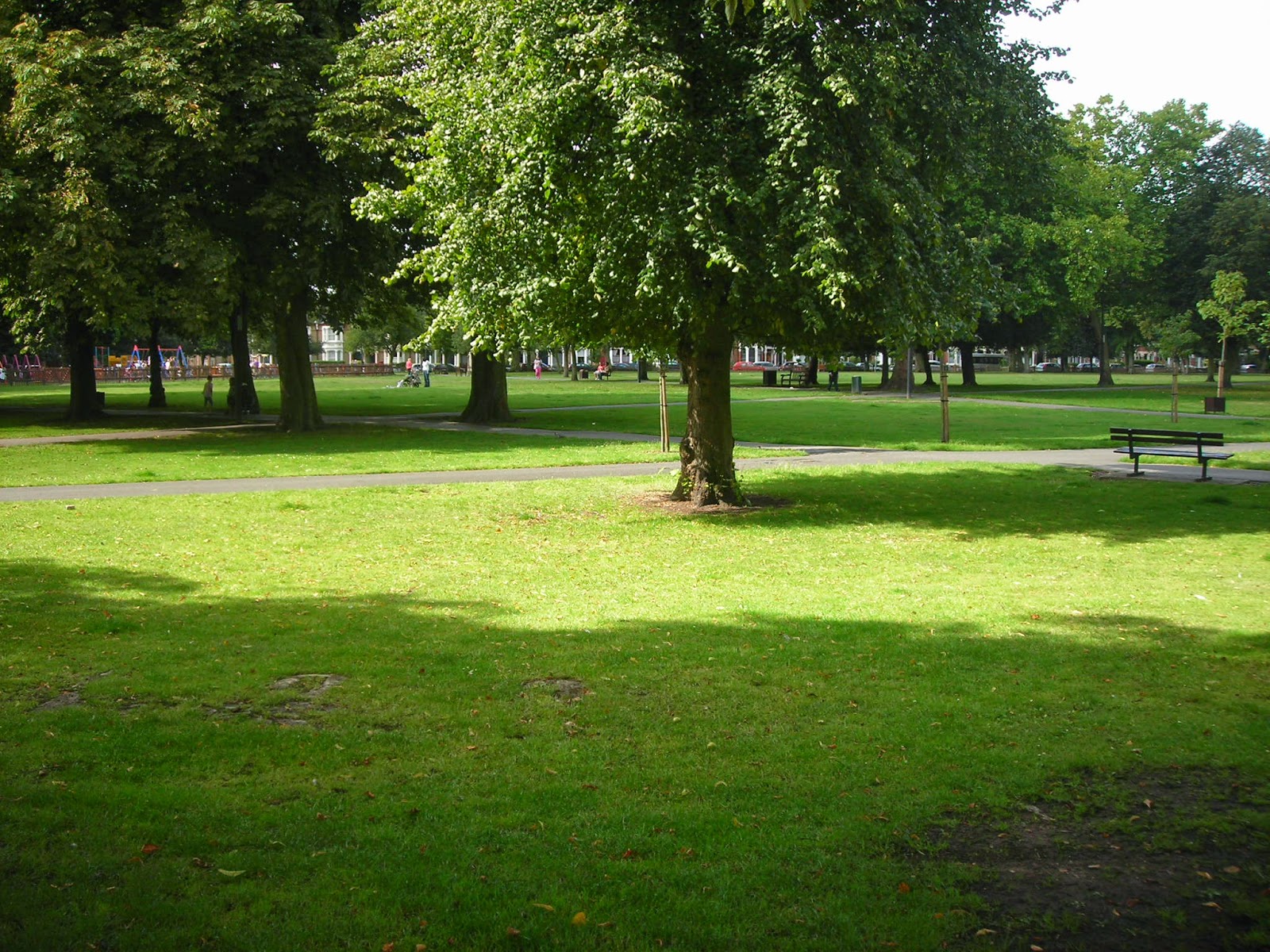The underlying and essentially pointless theme of these “Not
West Bridgford” pieces is the discovery, in some other place, that one’s
surroundings are reminiscent of a scene in the archetypally suburban district
of West Bridgford, Nottingham. As well as, subjectively, needing architectural
and/or atmospheric qualities to be present in order for this to happen, there
can be something about the Proustian ‘involuntary memory’ phenomenon in all
this: the unexpected stimulus, the absolutely trivial occurrence that
powerfully triggers recollection.
Therefore it’s entirely appropriate that one of Marcel
Proust’s special places should feature here. Cabourg, on the pleasant Normandy
coast between Arromanches and Honfleur, was fictionalised by Proust as Balbec,
the location of happy seaside holidays. Improbably, given its location, it’s
uncannily Bridgfordian.
Cabourg’s central area is geometrically planned, with
extensive open spaces, its architecture is undeniably French; the town
possesses a long promenade and a fine sandy beach, and it survives delightfully
out of time. For those who know Albert Road, in West Bridgford – as you make your
way from Tudor Square towards Bridgford Park - how about this for its Cabourg
equivalent:
Or better still, continue round into Edward Road and find,
just a block or so to your left, not the aforementioned Park and the cut-through to the Co-op supermarket, but the sea. The cold
waters of the English Channel are just over the horizon up the road on the
left.
If we revert to an earlier discussion about the role of fake
Tudor style as a default design form for West Bridgford, we might want to head
a few miles along the coast from Cabourg to Deauville, where we can enjoy this:
In a way this is not so much “Not West Bridgford” as “More WB than WB”, a long forgotten childhood dream where a maroon-and-cream WBUDC vingt et un is purring at the stop outside Ethel Llewellyn’s, picking up passengers for its uphill journey to the rue Alford.



